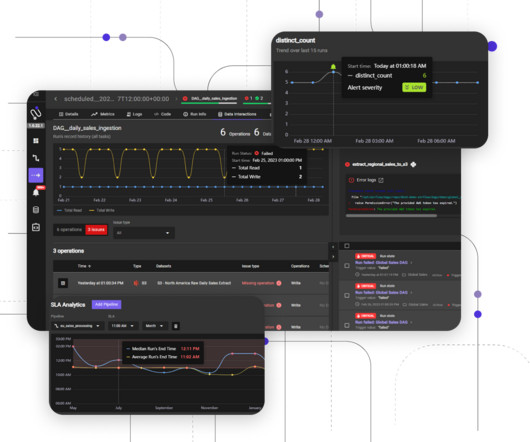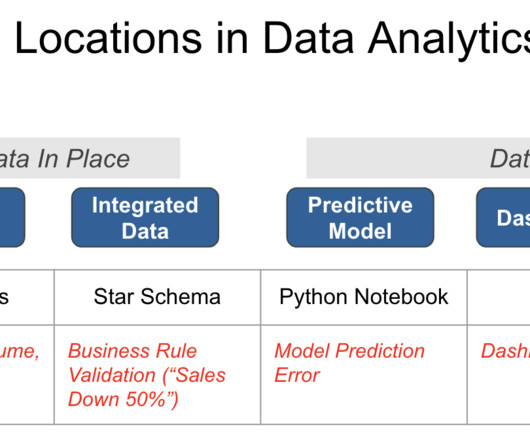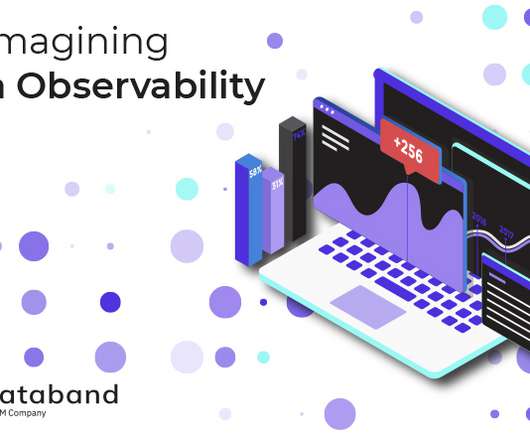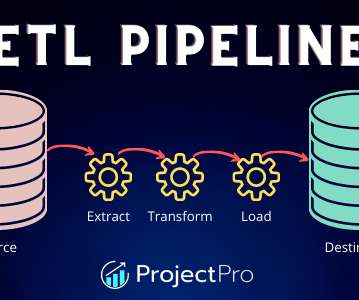DataOps Tools: Key Capabilities & 5 Tools You Must Know About
Databand.ai
AUGUST 30, 2023
DataOps tools can be categorized into several types, including data integration tools, data quality tools, data catalog tools, data orchestration tools, and data monitoring tools. Poor data quality can lead to incorrect or misleading insights, which can have significant consequences for an organization.




















Let's personalize your content